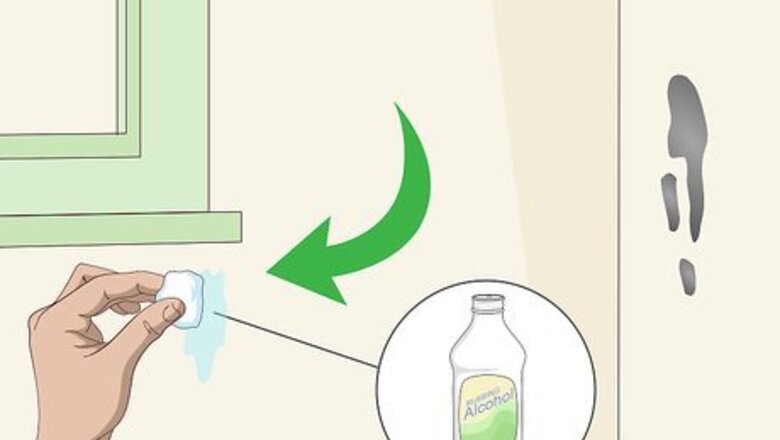
views
X
Research source
If either of these strategies strips the paint from your wall, then you may need to repaint your wall.
Removing Hair Dye with Rubbing Alcohol
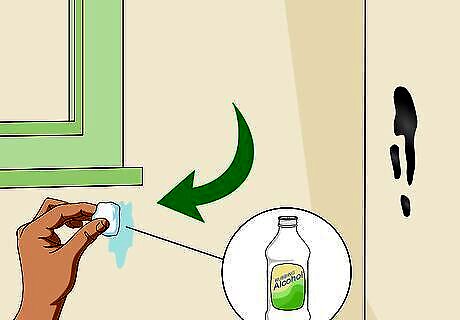
Test the alcohol on a small area. Wet a cotton ball with alcohol and rub it on an inconspicuous spot on the wall, first. Check for stains, discoloration, or residue. If the alcohol produces any unwanted affects, then try a different method. You should always test products and solutions on small, hidden areas first before using them on larger surfaces to avoid unwanted effects.
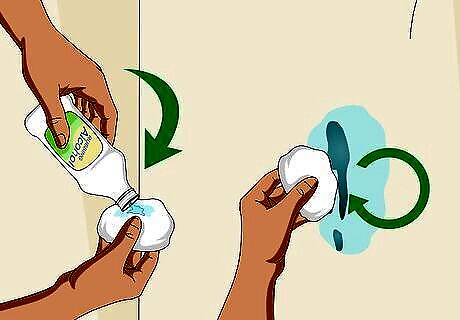
Dampen a clean, white cloth with the alcohol. Hold the cloth with your finger on top of the bottle’s opening. In a quick motion, turn the bottle upside down then right side up again to dampen the cloth. Then gently rub the cloth over the stain in a circular motion. Once the stain begins to transfer to the cloth, use a different area of the cloth to finish cleaning the stain. Alternatively, you can use nail polish remover if the rubbing alcohol does not work. Just remember to wipe the area clean with water before applying the nail polish remover onto the stain.
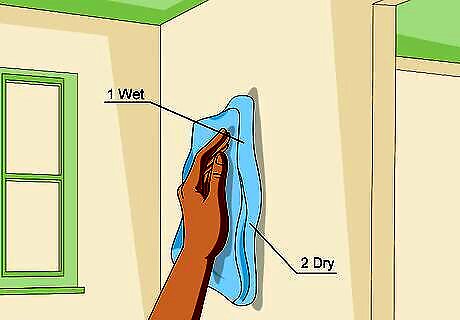
Wipe the area clean with a towel. Use a wet towel to remove the rubbing alcohol from the wall once the stain is gone. Then use a clean, dry towel to dry the area.
Using a Magic Eraser to Remove Hair Dye
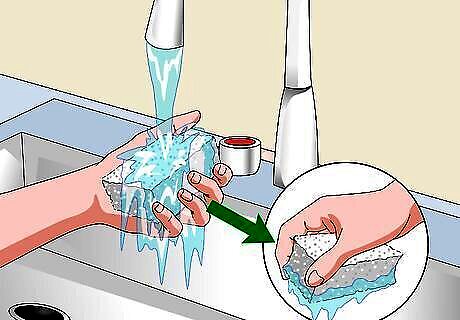
Wet the eraser under running water. Squeeze the eraser to remove any excess water before applying it to the hair dye stain. Remember to test the eraser on a small, hidden area first before applying it to larger surfaces.
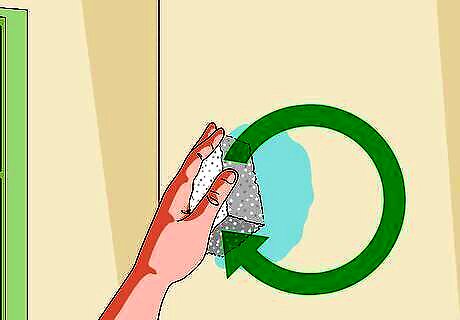
Scrub the area in a circular motion. Make sure to scrub the stain gently. However, if the stain is not coming out, you may scrub harder. If the eraser becomes dry, re-wet it and keep scrubbing until the hair dye stain is removed.
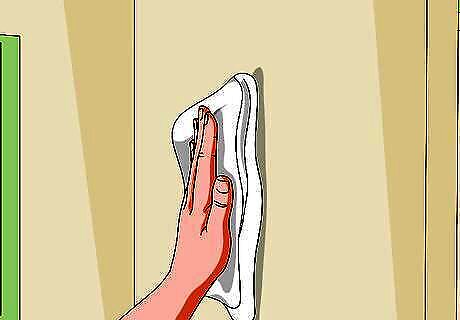
Use a clean towel to dry the spot. Wipe a clean, dry towel over the area. If you want, you can clean the area first with a wet towel before drying it.
Repainting Your Wall
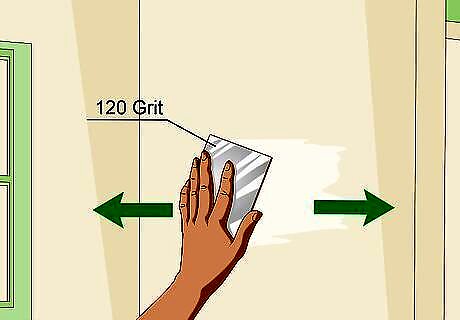
Sand the wall. Use fine-grit, 120 sandpaper to sand the area. Working from the top to the bottom, sand the area in a horizontal motion, i.e., parallel to the ceiling and baseboard. Use a sanding pole to sand large areas like an entire wall. To avoid a patchy appearance, you may want to sand, prime, and repaint the whole wall.
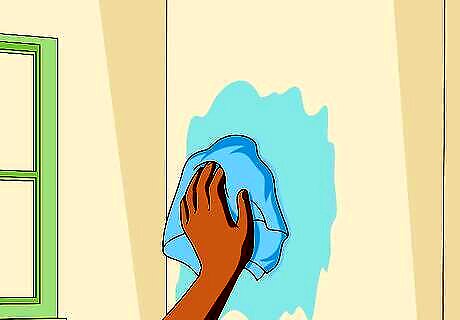
Wipe the surface with a clean, wet cloth. The cloth will remove any debris leftover from the sanding. Wipe until all the debris is removed. Then dry the surface with a clean towel, or let it air dry. You can use a gentle cleanser or plain water to clean your wall.
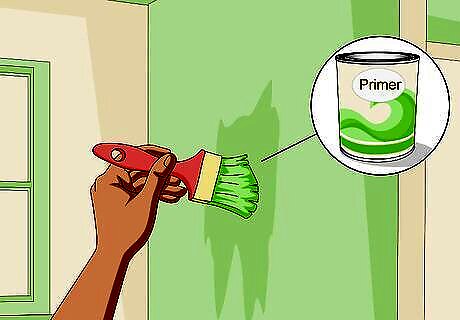
Apply a coat of primer. Apply the coat with a separate primer brush in a straight up and down motion. You may need to let the primer set for 24 hours, however, it depends on the type of primer you bought. Therefore, make sure to follow the instructions on the bottle.
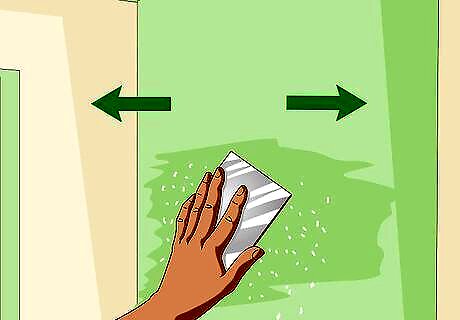
Re-sand the primer. Do this once the primer is dry. Sand in a horizontal motion until the surface is smooth. Then wipe down the surface again to remove any debris.
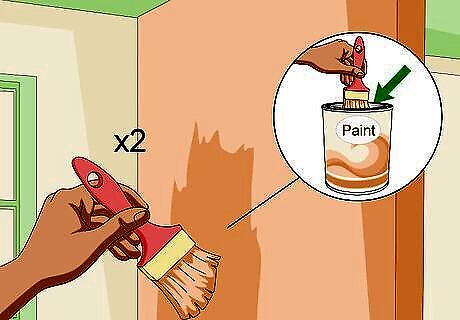
Repaint the wall with at least two coats of paint. Dip a clean or new paintbrush into your bucket of paint until one-third of the brush is covered in paint. Tap the brush against the side of the can to remove excess paint. Paint the area in a straight up and down motion. Let the first coat dry completely before applying a second or third coat. When painting the wall, try to paint in full daylight so you can get an even finish. You can sand in between paint jobs to get a professional look. Apply as many coats as you need until the color you want is achieved.















Comments
0 comment